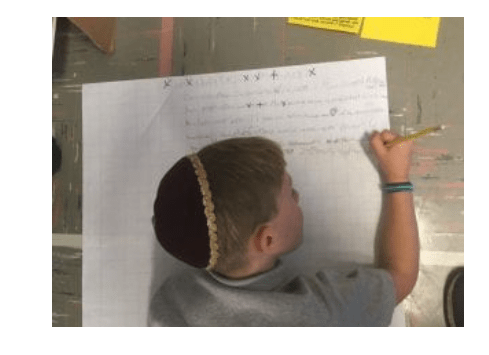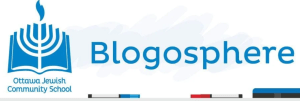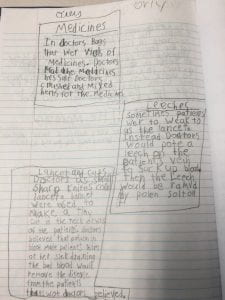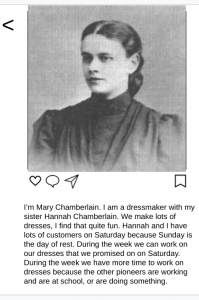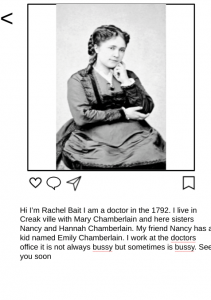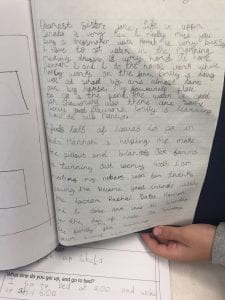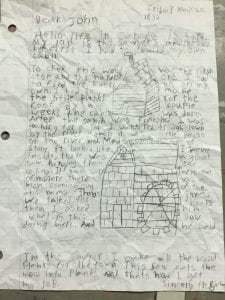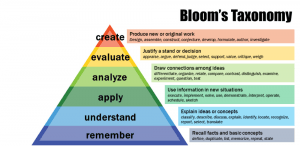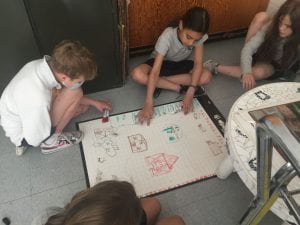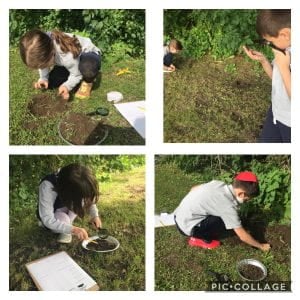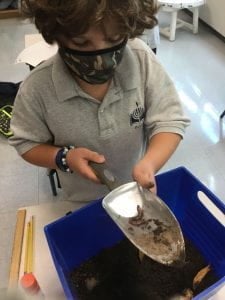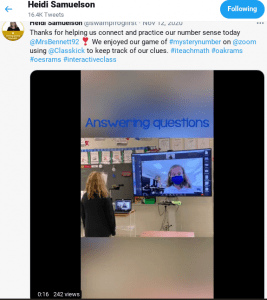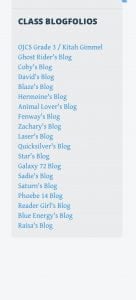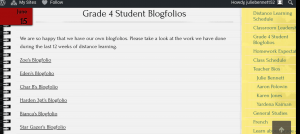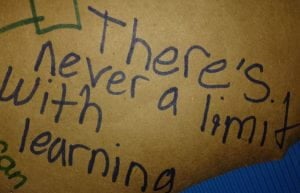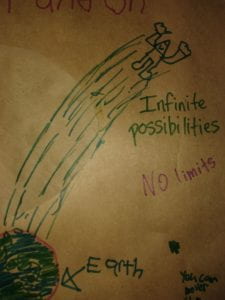In the Fall of 2018, our school launched class blogs. Each grade shared class happenings and updates on the class blog. Our school also launched a consultancy with Silvia Tolisano at the same time. Her book Documenting the Learning, co-written with Janet Hale, is an extensive guide on how to make learning visible, meaningful, and shareable through blogfolios. A cohort of teachers spent time with Silvia learning how to capture and document student learning through their blogs.

This cohort quickly became blogging experts and shared their learning with the rest of the teachers on staff. In January, I was fortunate to welcome Silvia and the cohort of teachers into my classroom. I had the opportunity to watch how they documented the learning happening in my Grade 3 class.
The amount of information and insight gained into my students’ learning in just one lesson was amazing.
Take a look at the Blog Posts Below
In July 2019, Silvia Tolisano was a presenter at the conference, and my colleague Lianna Krantzberg and I attended her workshop on Digital portfolios and Documenting learning. She suggested that if teachers want their students to use blogs to document their learning. The teachers should document their learning through a blog. This statement got me thinking. My colleague, Lianna started a professional blog at the airport on the way home from the conference. A week later, my colleague Josh Ray convinced me to start my blog. It has been instrumental in reflecting on my learning and growth as a teacher. Silvia was our positive mentor, cheering us on from the sidelines. She answered all our questions and got us to share our learning through our blogs.

I have launched student blogfolios with my classes over the last three years. The students enjoyed documenting their learning. Silvia was right! I have seen firsthand how students step up their game and write more, care more, and take more pride in their work using blogfolios. They love the idea that more people will read their work rather than just their teacher. I get it, as I feel the same way about my professional blog. I choose my words carefully and put more care into my work.
I know the students take ownership of their work. Blogfolios are the places students can ponder questions, record reflections, and talk about what they learned during the process. Of course, it will also be the spot to showcase final projects, writing, and activities.
This platform lets teachers personalize learning and enrich students. The beauty of writing posts, making videos, and taking pictures, is that students will be in charge of how far to take their learning. It will help us hit some of our school’s north stars.

Students learn more when they think and reflect on their work. I read so much these days about digital portfolios for students in high school and how crucial it is for learning. The fact that our school launches blogfolios at the elementary level is terrific. We teach our students how to take ownership of their learning at a young age which will serve them well in their academic careers. I have seen firsthand how motivated and engaged students are in posting work for the world to see. The extra effort goes into every assignment. The Grade 4-8 students have blogfolios, and this year Grades 2 &3 will launch blogfolios too. I am excited about the positive effect this will have on our students.
Silvia passed away in March 2021. I am sad to have lost such a positive teacher and mentor. Fortunately, I have her book and blog posts as my guide. We will be documenting our learning at OJCS the way Silvia taught us.




